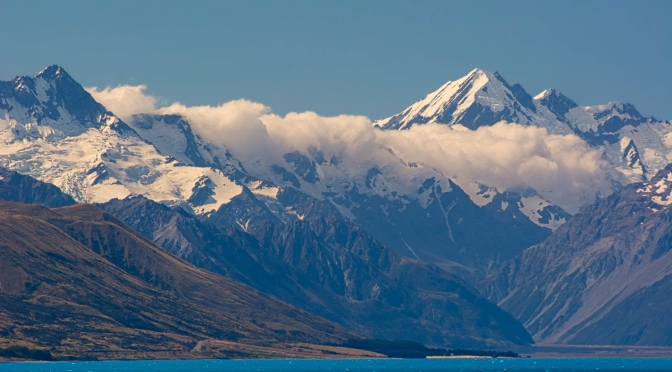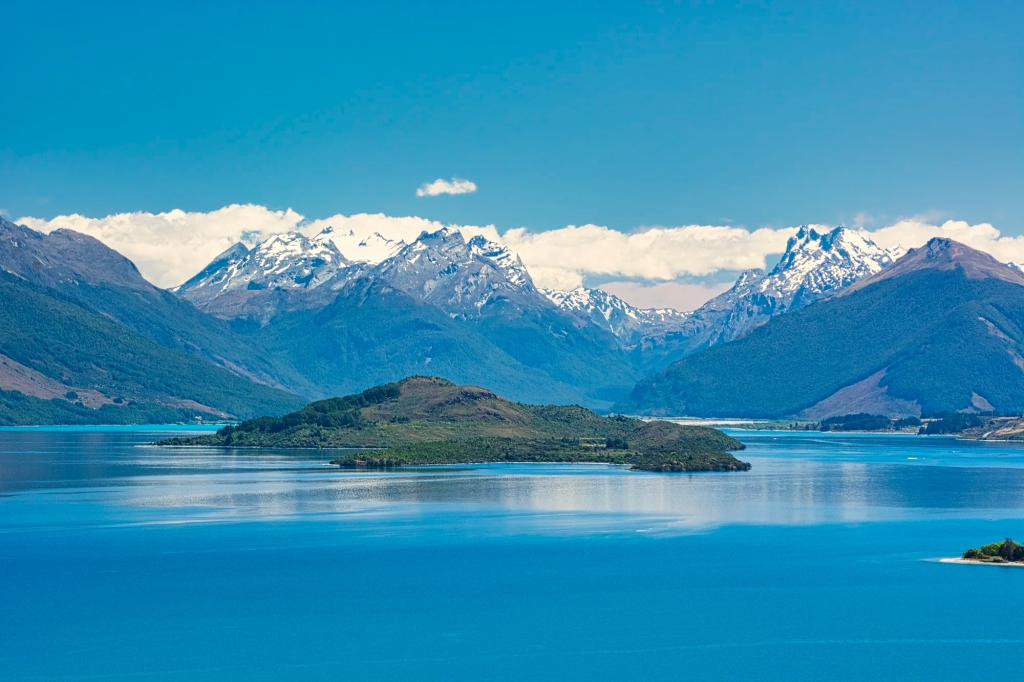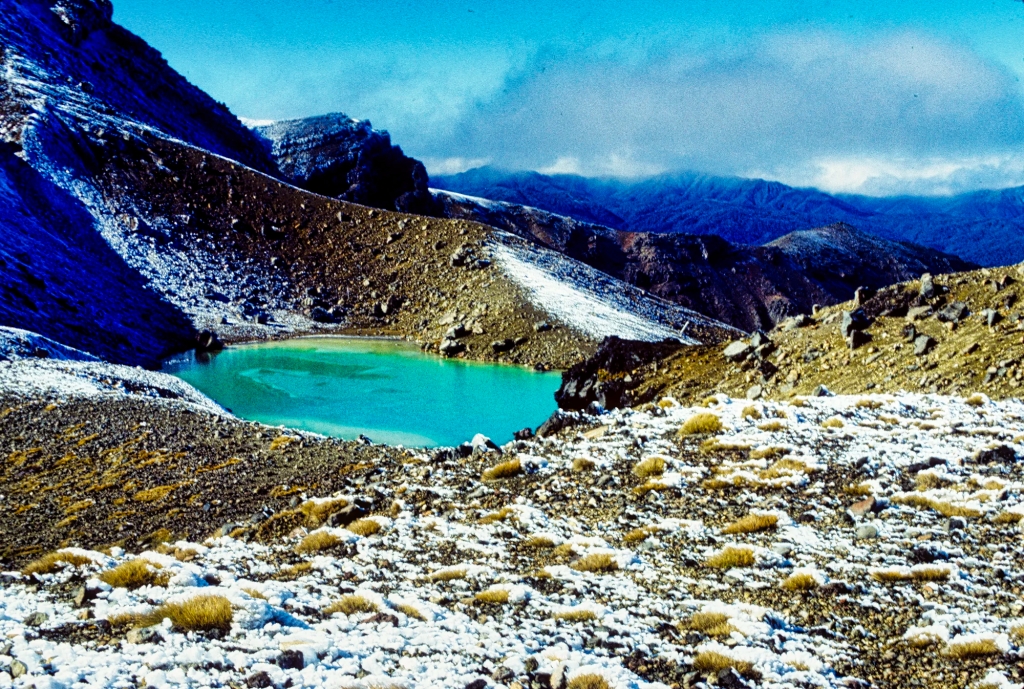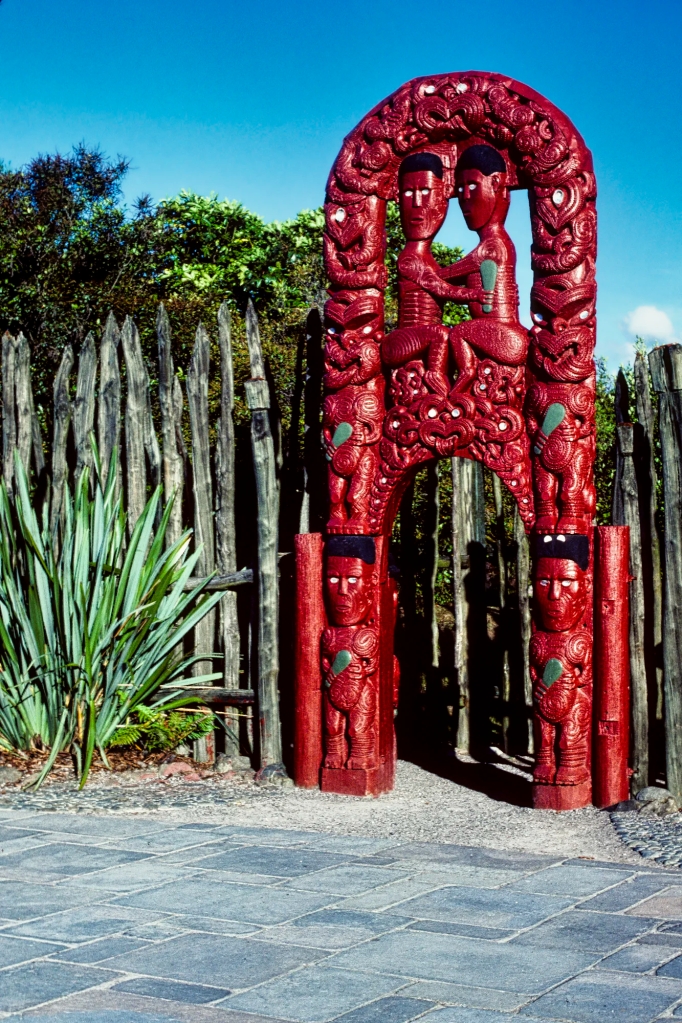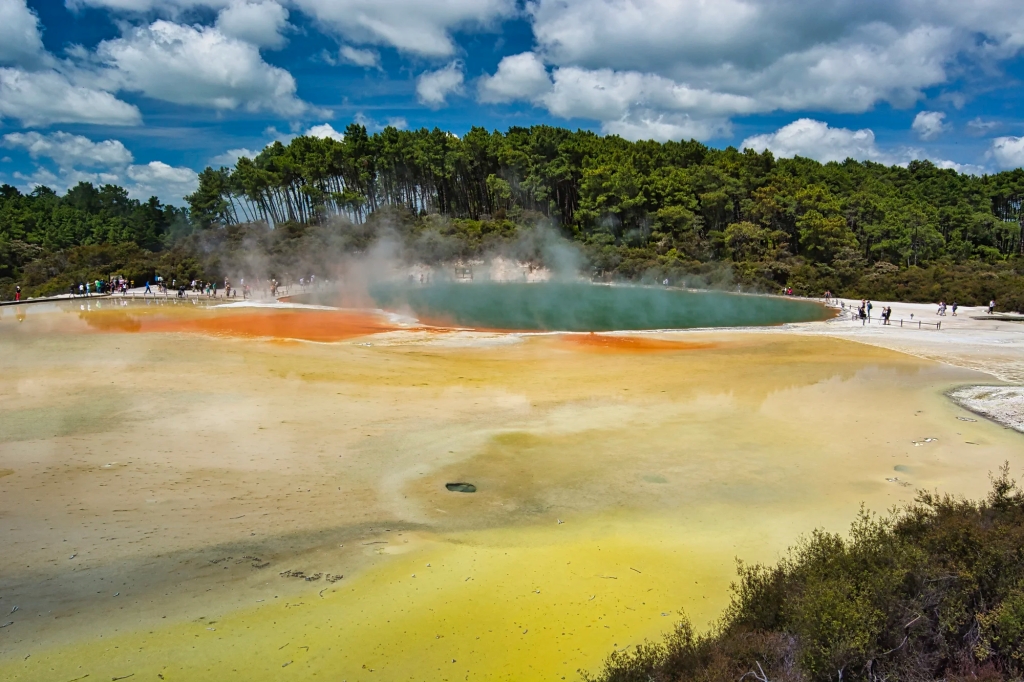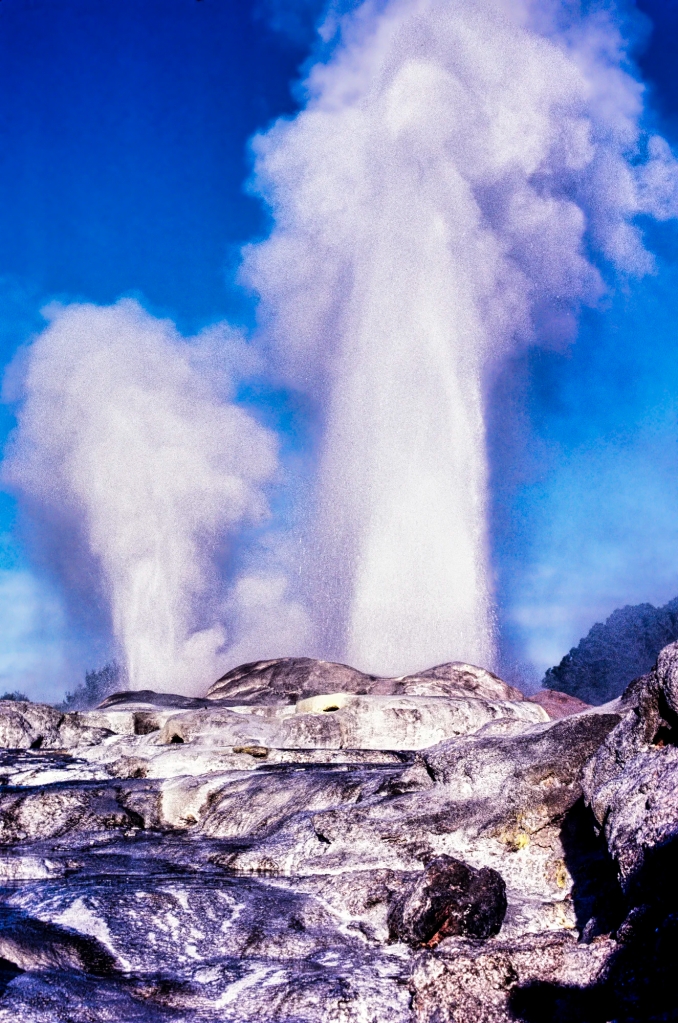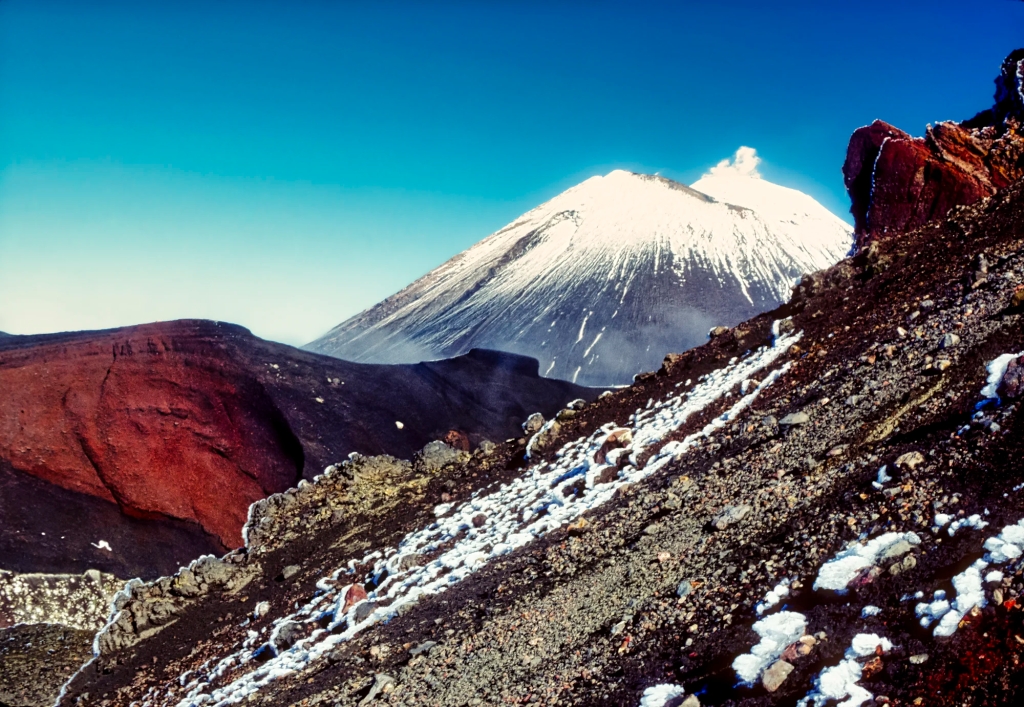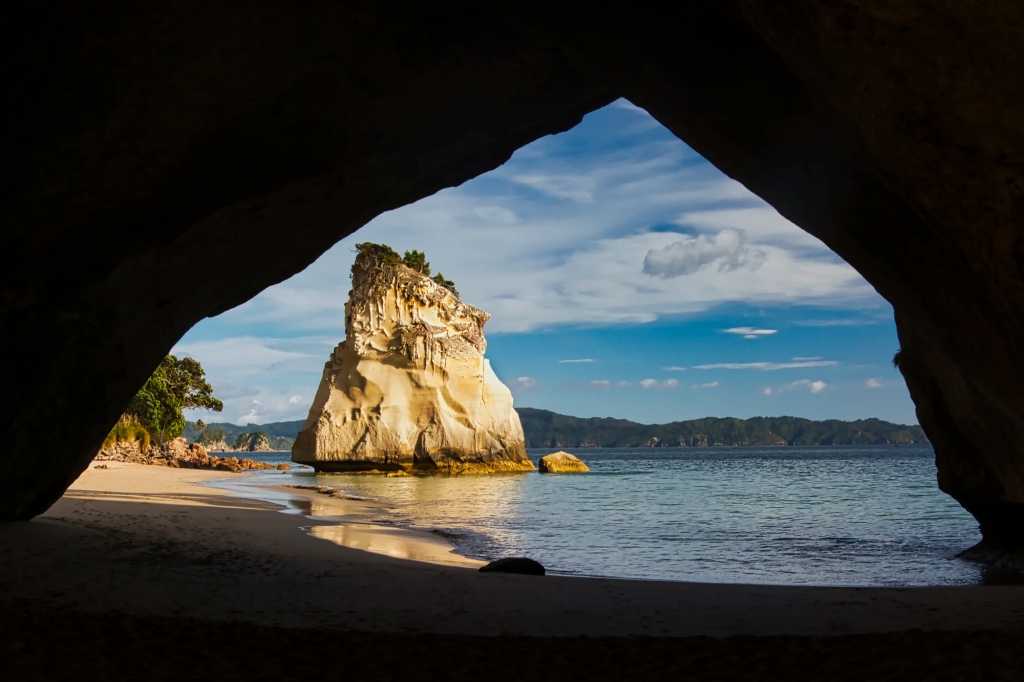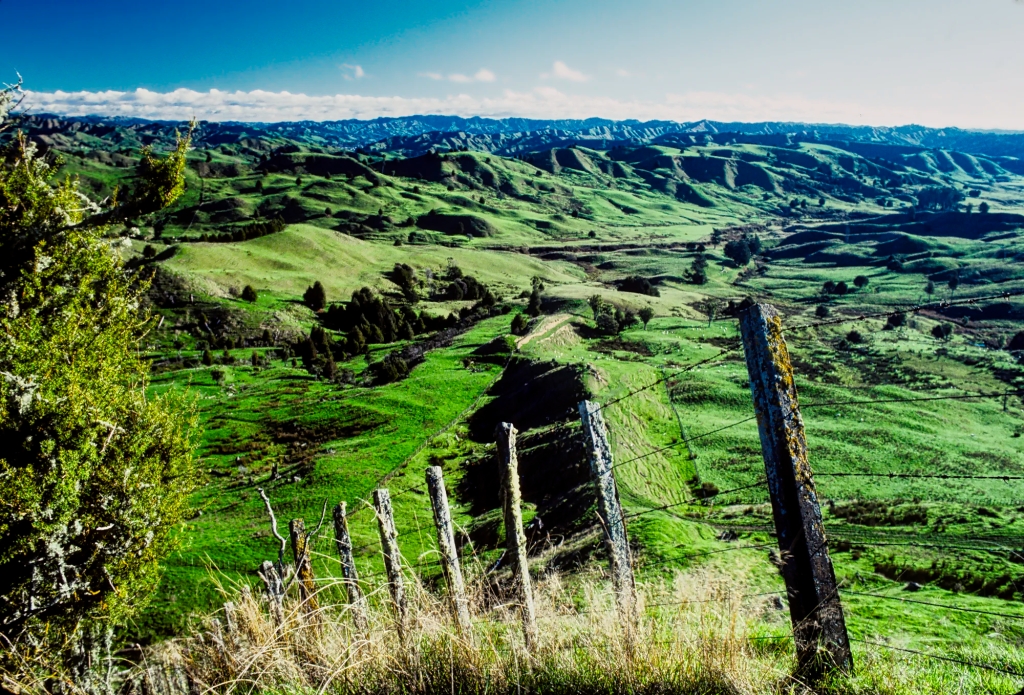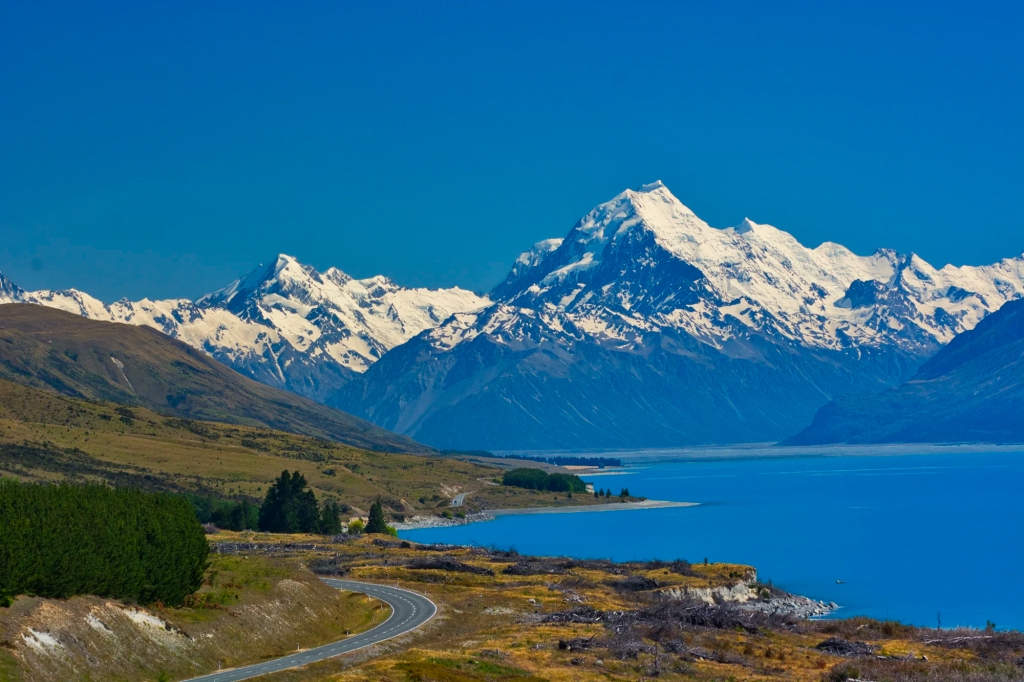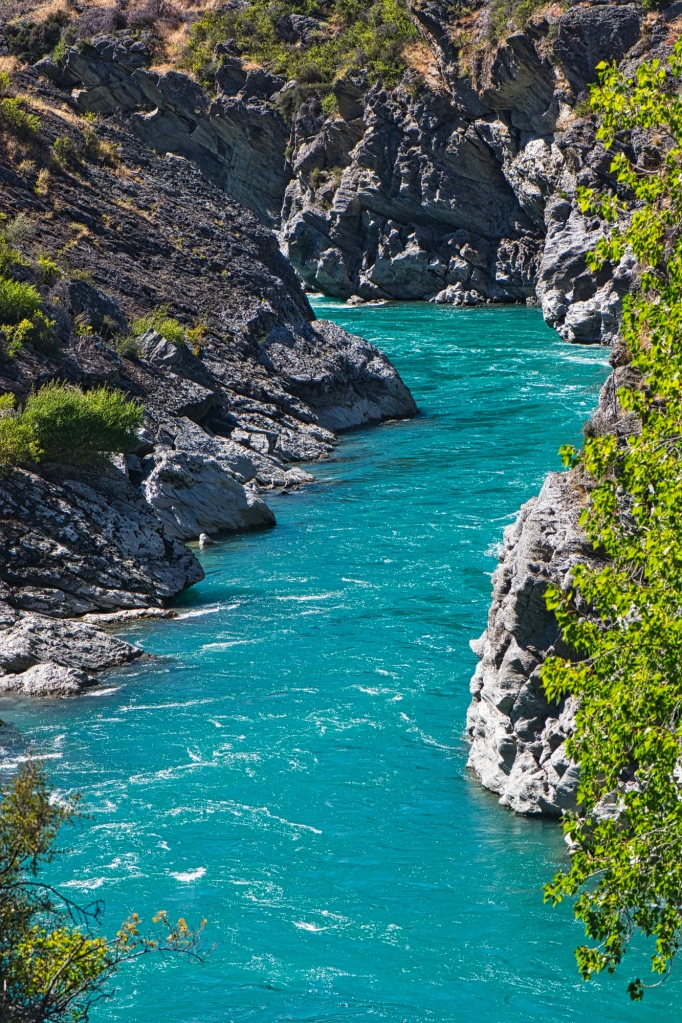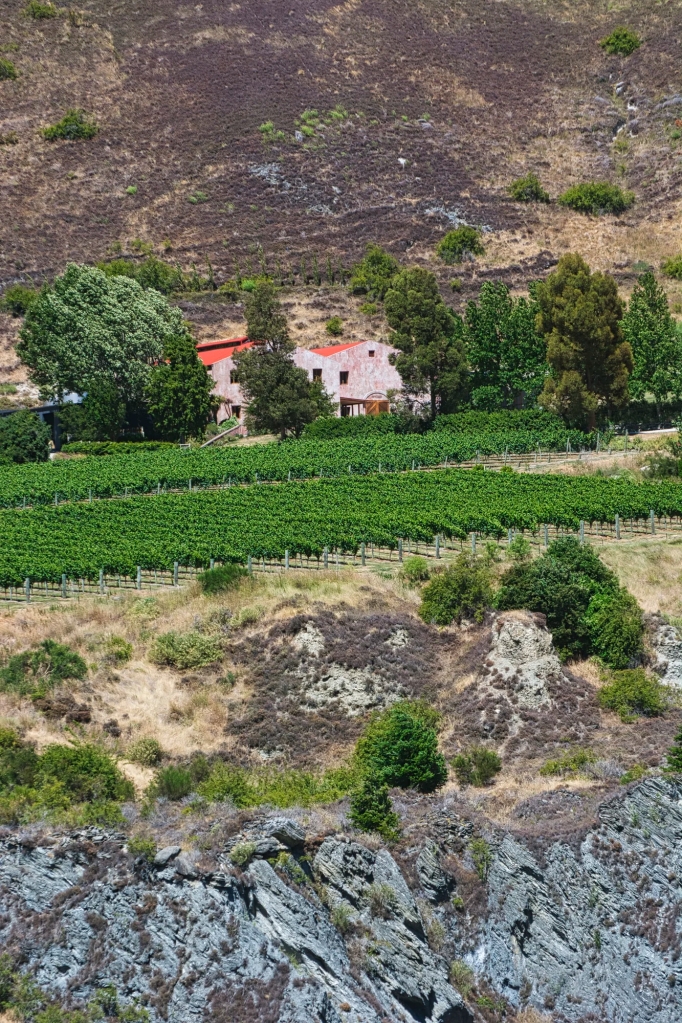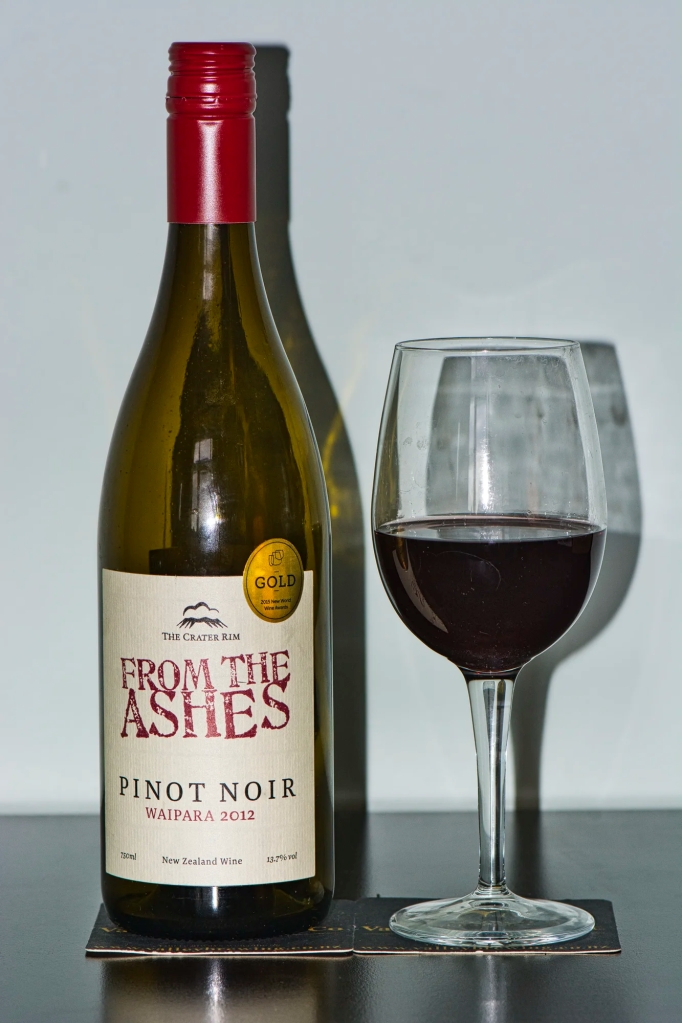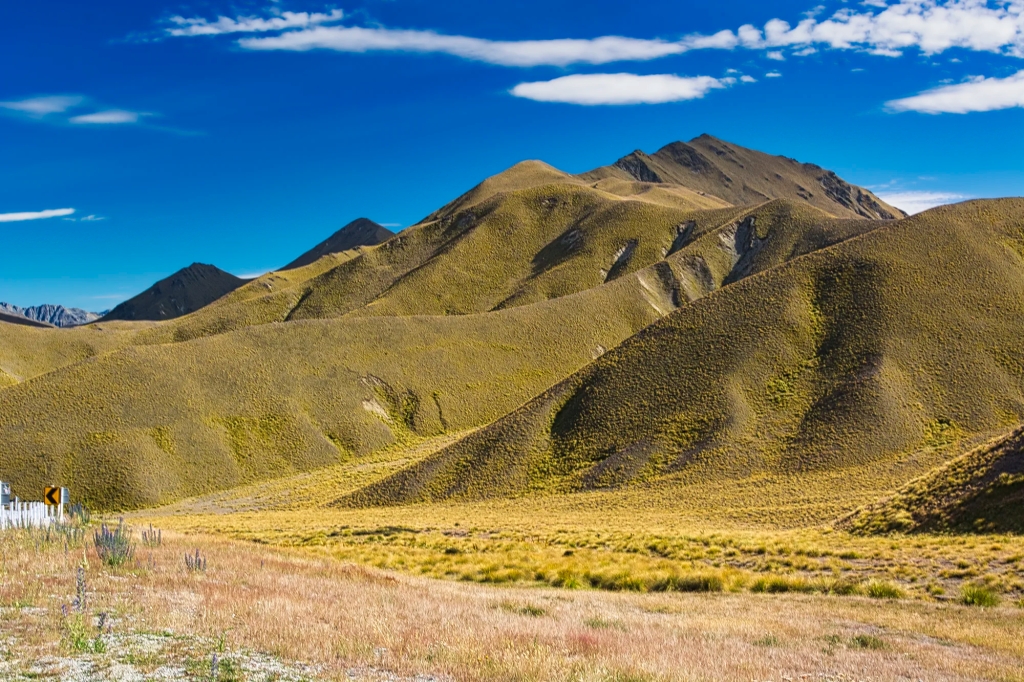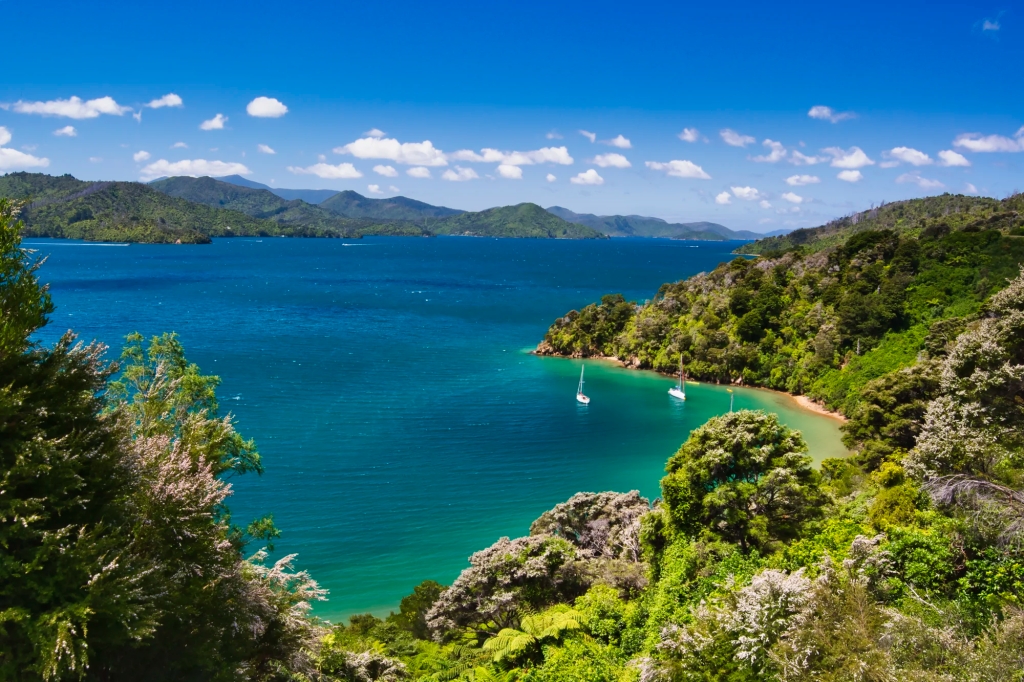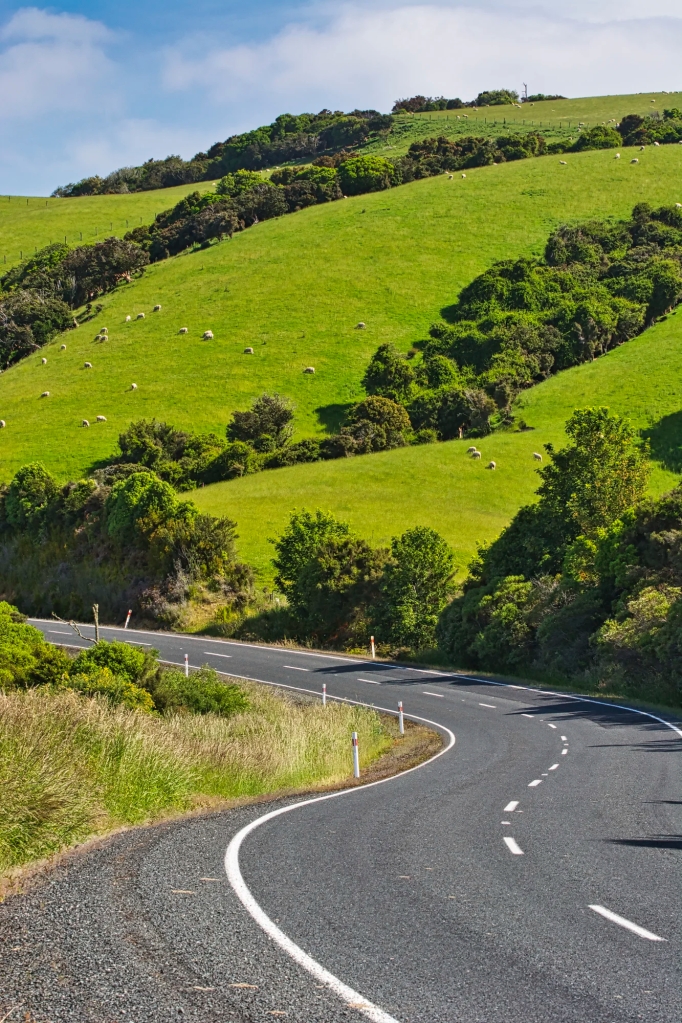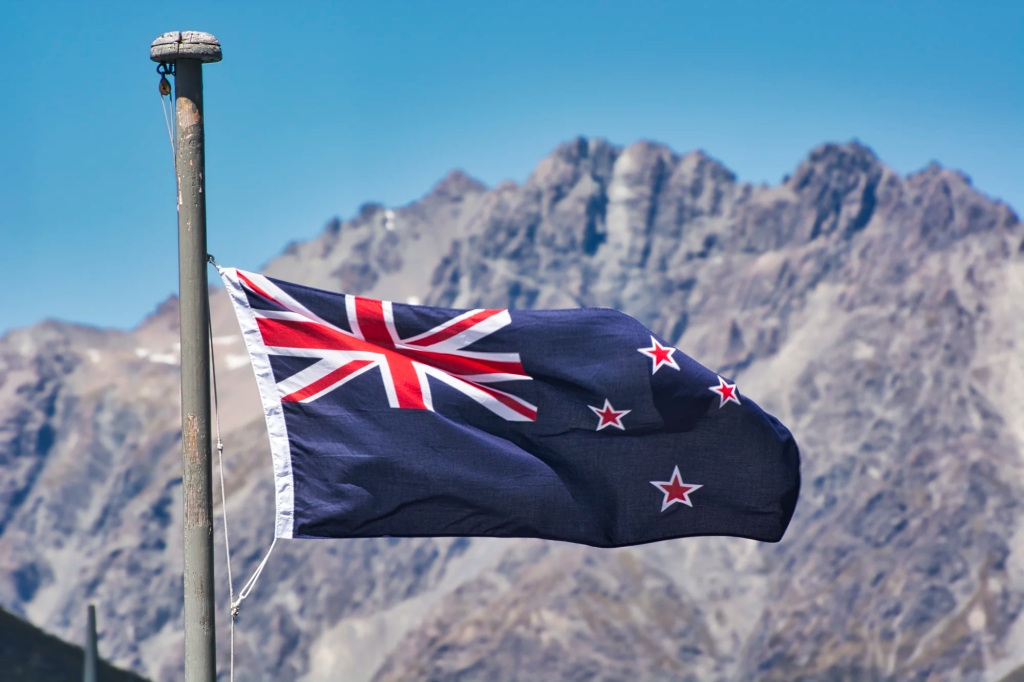Frequent Asked Questions
Some questions tourists frequently ask are:
- Is New Zealand more beautiful than Canada? United States? Switzerland?
- What time of year is best to visit New Zealand?
- Should I visit North Island or South Island?
- Do you need a car to explore New Zealand?
- Where are the best hiking trails?
- How do I plan an itinerary for New Zealand?
- How many days are enough for New Zealand?
- Which parts of New Zealand should I visit?
- Is New Zealand food expensive?
- How safe is New Zealand?
- What is the Symbolism of the NZ Flag?
- What do these Kiwi words mean?
- What are Some Surprising Facts About NZ?
Author & Photographer: George Mitchell
Our recommendations are not influenced by affiliate links – we have none. Our itineraries, photos, and advice are based having stayed in NZ for a total of six months (over three trips). We are avid hikers, nature lovers and photographers. NZ is one of our favourite destinations.
Abbreviations
Kiwi = New Zealander, or a nocturnal flightless bird;
NI = North Island; SI = South Island
NP = National Park;
NZ= New Zealand; NZD = New Zealand Dollar;
OW = One Way;
RT = Round Trip
Is New Zealand Really that Beautiful?
The short answer is yes! New Zealand (NZ) is predominantly a pastoral country with lots of National Parks (NPs) and a diversity of spectacular scenery.
As I argued in my post Is Switzerland more beautiful than Canada or USA or NZ?, Switzerland is beautiful but it has basically two types of beauty — alpine scenery and quaint villages. Its’ alpine views are enabled by deforestation of the Alps to accommodate sheep grazing and its’ high population of 8.7 million people. New Zealand is a combination of the uncommercialized Canadian Rockies with volcanoes and thermal areas that rival Yellowstone NP plus turquoise waters surrounding rugged coastlines. Well it is the South Pacific.
For scenic beauty of snowy sierras, gorgeous glacial lakes, volatile volcanoes, colourful thermal areas, formidable fiords, sheep-studded rolling farmland, and verdant vineyards — it is hard to beat NZ. Since we have been to New Zealand three times, you know it is one of our favourite places in the world.
One quintessential feature of NZ is that the journey from point A to point B is just as spectacular as the destination. Moreover the diversity of natural beauty comes in a small package. New Zealand is 10% larger than Great Britain, the same size as Texas, 3% smaller than Ecuador, and 40% of the size of the province of Alberta in Canada.
When is Best Time to Visit New Zealand?
Weather
Many sources say that the best time to visit New Zealand is during the summer months of December to March. We don’t totally agree with that as we have lived and hiked in NZ during several seasons. There is no problem visiting North Island as it is fairly warm year round, especially if you live in the “Great North” and are used to frigid cold temperatures. Here is a temperature chart of the minimum and maximum temperatures for the three winter months (June-August in NZ).
| Place, Country | Min Temp | Max Temp |
| Auckland, NZ NI | 8.2 °C | 15.2 °C |
| Christchurch, NZ SI | 1.4 °C | 12.5 °C |
| Mt. Cook Village, NZ SI | -6.4 °C | 0.3 °C |
| Te Anau, NZ SI | 1.1 °C | 6.3 °C |
| Ottawa, CA | -14.4 °C | -3.2 °C |
The only problem would be alpine areas and southernmost South Island, especially if you want to go hiking — I mean tramping. Moreover, not all facilities will be open.
On our first trip, we hiked the three-day Tongariro Alpine Crossing Track in Tongariro NP starting on May 24th with a dusting of snow and ice on the trail. The sleeping huts were open but the gas stoves and water heaters were turned off. Fortunately, we had our own camping stove.
It was doable because we had layers of clothing on our Round The World (RTW) trip. Our Gortex jackets, Patagonia sweaters, and hiking boots were invaluable. Thin gloves and a toque would also be useful. Getting out of our down sleeping bags in the morning, we were cold until the day warmed up.
Like Ireland, NZ is very green for a reason — rain. It rains at any time of the year so it’s luck of the draw. In the North Island (Auckland), it is rainiest between May and August. By contrast, Christchurch is much drier with June and August having the highest rainfall. Te Anau (near Milford Sound) is rainy throughout the year with marginally higher precipitation from September to December. The West Coast (Franz Josef) of the South Island has exceedingly high precipitation and the worst months are September to January.
Costs and Crowds
Accommodation is more of an issue in the touristy areas on the South Island. There are 5 million residents in NZ but only 1.1 million in South Island and half of them reside in Christchurch and Dunedin. That means there are few people who can provide accommodation in the most touristy areas of the island.
In terms of costs and crowds, the worst time to go is peak summer between Mid-December and January. This is the time that Kiwis travel and they book their accommodation ca. six months in advance. While some web sites say to book 6 months ahead, we made our bookings about 4 months ahead. However, we don’t recommend that you follow our example. Because we had to confirm tour and boat dates, we were going in date order, which meant we didn’t look at New Years timeframe until towards the end. So we booked Manipuri area last and our booking was rejected. Agoda.com got us the last place left for December 30th on October 26th. I think they asked one of their clients who was not planning to have any guests. The moral of the story is book ahead if you go at Christmas-New Years.
Does NZ Have Over-Tourism Like Other Countries?
I would say the Christmas-New Year’s period is extremely busy in terms of booking accommodation and a few overly desired tourist sights. But there is no way it is as bad as Europe, Banff NP, or USA National Parks.
All of New Zealand had 3.9 million visitors in 2019. This is much lower than the much smaller Banff NP in Alberta, which has 4.5 million visitors per year. Are the Kiwis justified in feeling overwhelmed by too many tourists? Definitely, since there are almost as many tourists as the 5 million residents in NZ. Only the sheep population is much greater at 25 million!
Should I See North Island or South Island?
You really should see both islands but that really requires (at least) a four week trip. You might be able to squeeze both into a three week trip.
North Island
You want to go to North Island for:
- Māori culture at Whakarewarewa, Rotorua
- Geothermal pools and geysers in Whakarewarewa and the other fantastic thermal areas a short drive from Rotorua
- Volcanoes and alpine hiking like Tongariro NP
- Coastal scenery and better beaches than many countries
- Hot Water Beach for a unique thermal area experience
- Cathedral Cove for an east short walk through a cave to a “stacked” beach
- Hilly sheep farmland is Quintessential NZ.
South Island
You want to go to South Island for:
- Alpine tracks (hikes), mountains, glaciers, and fjords
- Glacial lakes and rivers with OMG blue and turquoise colours
- Go wine tasting with superb wines – especially Pinot Noir, Chardonnay, and Cabernet Sauvignon: Kawarau is near Cromwell; Waipara is north of Christchurch.
- Stark, grassland scenery like Lindis Pass
- Coastal scenery, coastal tracks, and better beaches than many countries
- Victorian cities like Christchurch and Dunedin
- Rolling sheep farmland is Quintessential NZ .
Do you need a Car to Explore New Zealand?
North Island has 90% of the population and therefore has more public transportation such as trains and buses. If you are doing a mainly city trip then it is feasible to travel by train and bus.
However, if your primary focus is on hiking and scenery then renting a car is essential. This is especially true for the South Island. Due to the smaller highways and beautiful scenery, driving time will take longer than what Google Maps states. South Island could really use one north-south expressway between Picton and at least Dunedin to take the commercial traffic off the smaller roads.
Note that you have to book two cars if you are going to both the North and South Islands as they do not transport cars on the ferry! The car rental companies do this for you.
NZ Automobile Association
If you have an AAA or CAA membership, stop in an NZ AA office and get your complimentary AA card which gives you 10% discount on accommodation, ferries, et al. While you are at the office, pick up excellent regional and city maps if you prefer paper to electronic maps – or as a backup if you lose cell phone power.
What are the Best Hikes in NZ?
Our favourite hikes in NZ are the longer distance and multi-day ones — Tongariro Alpine Crossing on North Island; Routeburn and the Abel Tasman Coastal Tracks on South Island. These will be covered in regional posts. There are many superb day hikes throughout the country. Our first regional post covers hikes in the Southern Alps, such as Hooker Valley Track in Aoraki NP.
How do I Plan an Itinerary for New Zealand?
The purpose of our blog is to provide pre-tailored itineraries with custom Google maps. These will be available later on after we have published enough posts of individual road segments.
Itinerary Planning Process
This is quite a challenge since there are too many places to see. Here is the general process:
- Identify how much time you have;
- Decide which country and/or region you want to visit;
- Identify your interests;
- Perform basic research on what makes New Zealand or country X unique and where can you see these quintessential things;
I haven’t done this for NZ yet, but this post on Ireland identifies many similar things found in NZ:
Process Part Two:
- Determine the top sights to see and and things to do;
- Record these places as pins in a custom Google Map; Narrow these places down to fit in the timeframe you have;
- Fine tune and book you itinerary.
This blog will eventually be providing these answers and even the itineraries/Google Maps that you can use. In the meanwhile, please use our own NZ Planning Maps. These include all the possible Points of Interest pinned without recommending specific sights. You can create you own custom maps using the Google My Maps app.
If you have limited time then you should be spending it solely on the best sights. All of our recommended place names are appended with the rating from Google Maps, which is based on everyone’s opinions not just tourists. We consider a score of 4 to 4.39 to be Very Good; 4.4 to 5 to be Excellent.
How much Time do I Need for New Zealand?
Is 7 days enough for New Zealand? Personally, we would say you don’t go half way around the world for 7 days.
If you have only two weeks then select one island and enjoy it to the fullest. If you have three weeks then we would recommend one week in North Island but limiting yourself to the Rotorua and Tongariro areas then two weeks in South Island. To save time fly home from Christchurch (via Auckland).
What are the Best Parts of NZ?
We will start by publishing a post for each segment of a road trip to NZ. Later, we will suggest combinations of these road segments for your itinerary. For instance, we foresee splitting South Island into the following road segments:
Northern South Island — Picton, Queen Charlotte and Pelorus Sounds, Havelock, Kaikoura, Christchurch, Banks Peninsula…
Southern Alps — Lake Tekapo, Lake Pukaki, Mt. Cook, Wanaka…
Fiordland — Lake Wakatipu, Routeburn, Milford Sound…
Deep South — Catlins, Moeraki, Dunedin, Otago Peninsula
West Coast — Fox Glacier, Franz Josef Glacier, Punakaiki Pancake Rocks…
We foresee splitting North Island into the following road segments:
Rotorua — Whakarewarewa for the thermal area and Māori village; various thermal areas like Waiotapu, Orakei Korako, Waimangu…
Tongariro — volcanoes, Trans Alpine Track, Taumaranui…
Coromandel — Cathedral Cove, Hot Water Beach, Shakespeare Cliff…
The North — Waitangi, Bay of Islands, Ninety Mile Beach, Tiritiri Matangi Island, Shakespeare Regional Park…
How to Economize on Eating in New Zealand?
Is New Zealand food expensive? It wasn’t many years ago since NZ is an agricultural country producing its own food. But we feel that not only has it become much more expensive but the quality has gone down.
For instance, on our first trip we thought NZ had the second best ice cream in the world (after Italy of course). But this is no longer true. You used to be able to get this top ice cream in supermarkets and dairies rather than specialty shops. They previously used very fresh fruit and their original whole milk, which had 6% cream! We were not impressed by what we found on our last trip. NZ wines are superb but they are cheaper at home. We discovered them via wine tasting on our first trip.
For breakfast, on our first trips we would buy food and make our own breakfast. You can rent small houses in campgrounds that provide kitchens. If you are camping, most campgrounds we stayed at provided a communal, covered kitchen area with stoves and other facilities! On the last trip, we stayed at B&Bs. We never went out to restaurants for breakfast.
In fact, we hardly ate out at all as restaurants are very expensive. Also taking a lot of time to eat lunch cuts into sightseeing time. We often went to supermarkets and bought Kiwi products. Alternatively, we found meat pies, pastries and other local specialties for lunch.
The problem with eating out for supper is that restaurants charge twice as much as for lunch. Moreover, we found that the high price was only for the protein dish not including vegetables. So lunch is a more reasonable time to eat.
Another big change is that NZ has become a big coffee culture as they almost always serve espresso type drinks only. We often had flat whites, which Kiwis claim they invented since their high fat milk was too much for making cappuccinos.
How safe is New Zealand?
It is very safe. It ranks at the top with Canada as one of the safest countries to visit. See the comparative table in our post Travel Safety.
What is the Symbolism of the NZ Flag?
The left corner is the Union Jack which represents New Zealand’s origin as a British colony. The royal blue background is derived from the ensign of the Blue Squadron of the Royal Navy. The four stars represent the Southern Cross constellation, which is unique to the Southern hemisphere.
The flag was only formally adopted in 1902 as a result of patriotism. The Boer War (1899-1902) was the first time that NZ troops were sent abroad to fight.
In 2016, New Zealanders voted on whether to adopt a new black, white and blue flag with a Silver Fern design replacing the Union Jack. But 57% of voters opted to keep the current flag.
What do these Kiwi Words Mean?
Is Kiwi English another language? Sometimes it seems so. On our first trip, we met our Kiwi friends, R and D, on Rarotonga. They invited us for tea at their home in Wellington, NZ. When we finally arrived there we found out tea meant supper! Oh, they meant tea as in British English! During supper, their daughters commented how cute our accent was. I teased back that we Canadians didn’t think we have accents but that their accent was very cute.
Over the weeks, D educated us on all the Kiwi expressions and Kiwi humour. We made a list in our diary. Our favourite was “be a dag and drop off”, which translates as get lost. Dag is the sheep poo that hangs onto the wool near the bum. Dag can be used as an affectionate insult for someone who is perceived to be unfashionable and/or has poor social skills yet is affable.
There are too many expressions than can be listed here. So we have limited the list to the ones that you are most likely to hear.
Chilly bin – cooler to keep your drinks
Crack up – that is funny
Crook – does not mean criminal; it means sick or out of sorts
bit of a Dag – hard case
rattle you Dags – hurry up
Dairy – corner store for general goods not just dairy
Dunny – toilet
Gummies, Gumboots – wellingtons or rubber boots that are very useful in this high rainfall country: no wellingtons are not named after Wellington, the capital of NZ, but were popularized by the Duke of Wellington
Metal road – gravel road
No worries – no problem
Overdone – tired out
Packing a sad – tantrum
Pakaru – Maori word meaning broken
Ring me – call me
Sell out – throw up
Ta – thank you
Throw a wobbly – mad
Thunderbox – toilet
Togs – swim suit
Track – hiking trail
Tramp – no it does not mean slut; it means to hike
Tucker – food
What are Some Surprising Facts About NZ?
New Zealand was not ‘discovered’ by the British. Captain Cook only came in 1769.
NZ was discovered by the Māoris after ca. 1320. The Māoris are Polynesian and are believed to have come from Tahiti.
By convention, place names are always chosen by the first explorer. So the country should really be called Aotearoa. This name is usually translated as “land of the long white cloud”. Apparently, cloud formations helped early Polynesian navigators find the country.
The Dutch explorer Abel Tasman was the first European to ‘discover’ NZ in 1642. He named it Nova Zeelandia after the Dutch province of Zeeland. Abel Tasman NP and one of the best tracks in NZ is named after the explorer.
Unlike the North American aboriginals, the Māoris were never conquered. The Treaty of Waitangi (6 February 1840) recognized Māori ownership of their lands and established New Zealand as a British colony.
NZ was first country to allow women to vote in 1893.
New Zealand is the world’s second-largest producer of wool (after Australia).
NZ has 5 million people and 25 million sheep. We used to tease our Kiwi friends about giving the sheep the vote.
The father of nuclear physics, Ernest Rutherford, was from New Zealand. But NZ is strongly against nuclear proliferation and will not build nuclear power plants.
New Zealand is now very cosmopolitan. An amazing 27.4% of its people are foreign born. That’s higher than Canada, which has 21.9% foreign born.
What to Read About New Zealand?
Walking Tracks in Aoraki/Mount Cook National Park, NZ DOC
Email: mtcookvc@doc.govt.nz, NZ DOC
New Zealand, Lonely Planet — the book, but nowadays most people use the Internet for research
Lonely Planet New Zealand — their website
How to Get Lost & Found in New Zealand, John McDermott, Air New Zealand
North Island, Diana & Jeremy Pope, Mobil NZ Guide
South Island, Diana & Jeremy Pope, Mobil NZ Guide — these last two are similar to the Michelin Guides but with much more detail

